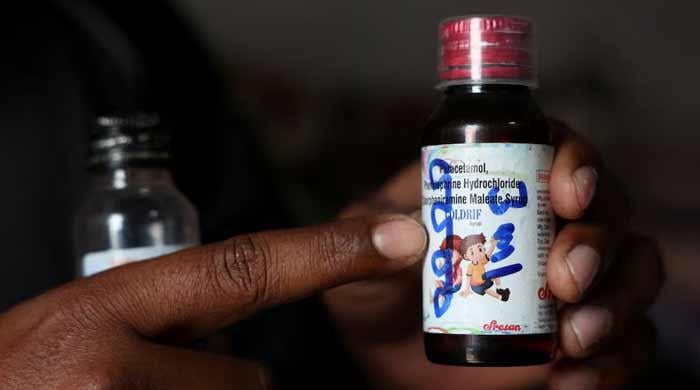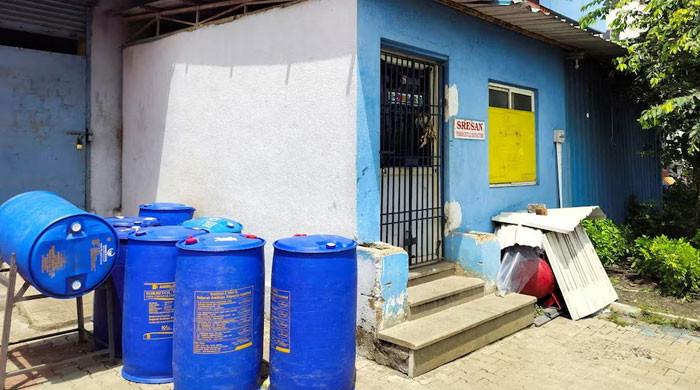Worldwide, more than 10 percent of young teens are smokers
Roughly 11 percent of youth aged 13 to 15 around the world use tobacco products
June 18, 2017

Roughly 11 percent of youth aged 13 to 15 around the world use tobacco products like cigarettes and cigars, a global survey of students suggests.
Tobacco use is the world’s leading cause of preventable death and serious illness, killing an estimated 6 million people each year, researchers note in the youth tobacco report from the U.S. Centers for Disease Control and Prevention (CDC). Most smokers take up the habit in their teens.
For the current study, researchers examined data from surveys of teens in 61 countries conducted from 2012 to 2015. Half of nations had a smoking rate of at least 15 percent for boys and at least 8 percent for girls, they found.
“Smoking has been shown to harm nearly every organ of the body, and science shows that most adult smokers first start smoking during adolescence,” said lead study author Rene Arrazola of the Office on Smoking and Health at the CDC.
“Young people who begin to smoke at an earlier age are more likely than those who start at older ages to develop long-term nicotine addiction,” Arrazola said by email. “Therefore, efforts to prevent youth tobacco use are critical to prevent another generation of adults who smoke and suffer from smoking-related death and disease.”
Across all of the countries in the study, the lowest prevalence of teen smoking (1.7 percent) was seen in Sri Lanka. The highest prevalence (35 percent) was in Timor-Leste.
For boys, the lowest smoking prevalence was 2.9 percent in Tajikistan and the highest was 61.4 percent in Timor-Leste. For girls, the lowest rate - 1.6 percent – was seen in Tajikistan and the highest - 29 percent - in Bulgaria.
In the majority of countries, at least half of current tobacco smokers said they wanted to quit, the study also found. The proportion of student smokers who said they desired to quit ranged from a low of 32 percent in Uruguay to a high of 90 percent in the Philippines.
Limitations of the study include the reliance on teens to accurately recall and report on their smoking behaviour, the authors note. It also only included students enrolled in school, which might not fully represent smoking behaviour in these countries.
“I was surprised to see that most of the countries were in the 10 to 20 percent range; I would have thought the numbers would be higher, but they either are similar or slightly higher than rates in the U.S. which are around 10 to 15 percent,” said Dr. Maher Karam-Hage, associate medical director of the tobacco treatment program at MD Anderson Cancer Center in Houston, Texas.
A variety of policies at the country level can influence whether young teens will smoke, Karam-Hage, who wasn’t involved in the study, said by email.
“Cultural values and norms in their individual countries are most critical, followed by the economic factors (prices and taxes), age restrictions and policies such as whether they have clean indoor air (laws) or not,” Karam-Hage said.









